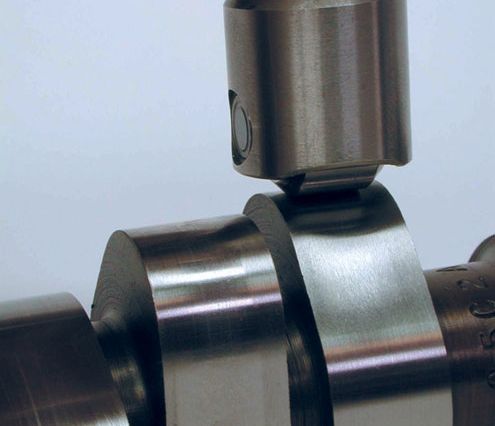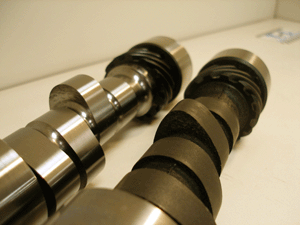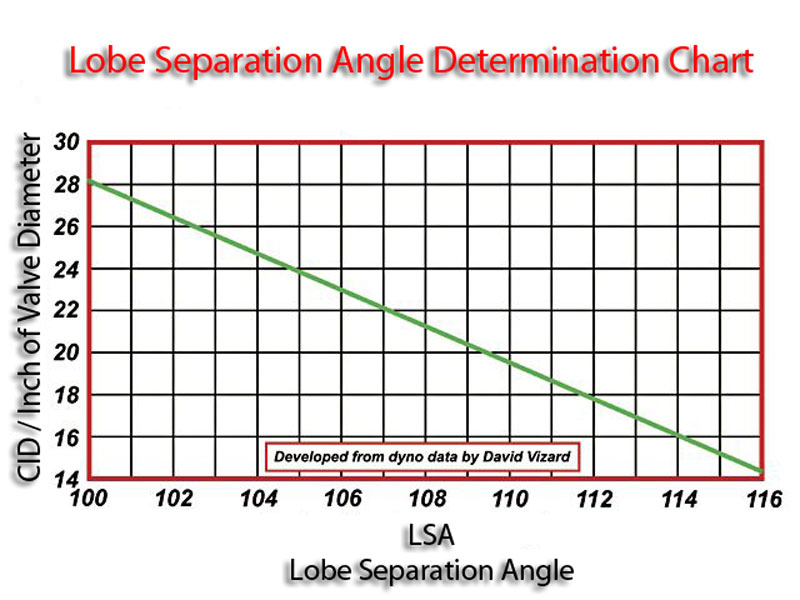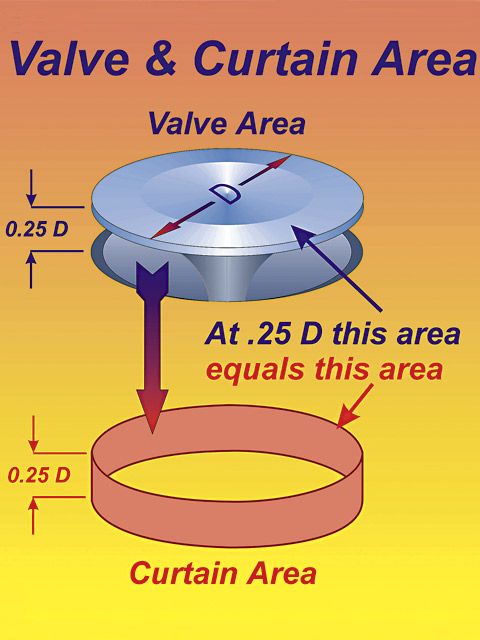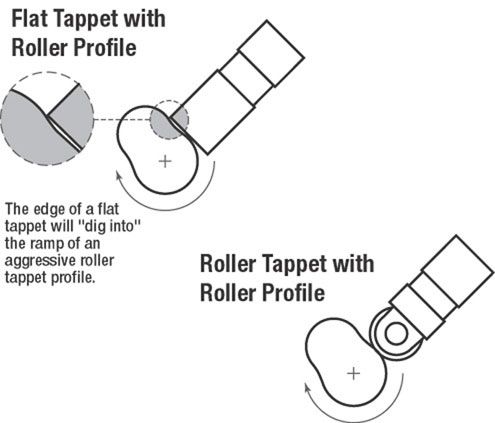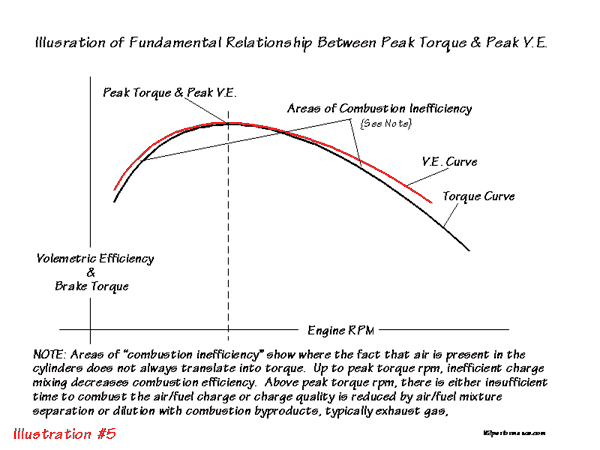YEAH SIT BACK AND TAKE NOTES THIS WILL TAKE A WHILE IF YOU READ THRU THE SUB LINKS ,BUT ITS WELL WORTH THE EFFORT IF YOU WANT TO DO THINGS CORRECTLY
check list
roller cam
roller lifters
matching valve springs
correct length pushrods
cam button
cam change engine gasket set
roller timing set or gear drive
roller rockers (strongly advised)
and TALL VALVE COVERS CAN IN SOME CASES BE A NECESSARY OPTION TO CLEAR THE VALVE TRAIN CHANGES
read thru and follow the manufacturers instructions, and carefully check clearances
http://www.idavette.net/hib/camcon.htm
you might want to read thru the link above first, its got some good info...heres some cam suppliers
viewtopic.php?f=52&t=155
this will help
viewtopic.php?f=52&t=425

OK Ive done the conversion dozens of times, so on the earlier gen 1 sbc its not that difficult, you'll need , a decent quality roller cam and a billet core is superior to a cast cam core, the roller cam of your choice needs to match the rest of the components and the intended rpm and power band, failure to do so almost always results in a combo that runs poorly, if your limited to use of the original heads, gearing and exhaust system,you'll more than likely NEED to keep the cam selected rather mild compared to what can be used in a combo with better heads and the correct gearing ETC,THE KEY TO A GOOD COMBO IS MATCHING ALL COMPONENTS USED TO THE INTENDED HORSEPOWER AND RPM BAND.
that cam selection is critical to success of the swap, it needs to match the rear gear raio, engine compression and port flow rates of the heads and intake and the exhaust flow or restriction to flow needs to be considered as will the transmissions gearing and stall speed if its an auto trans.
Your probably, better off getting the advice of several totally differant cam manufacturers, before making your sellection if your not building engines on a monthly basis, as the cams offered change as does the technology availavlable.
read these
viewtopic.php?f=52&t=904
viewtopic.php?f=52&t=796
NEXT youll need roller lifters and those must be compatible , with the engine and the cam, theres two basic choices , hydraulic and the solid lifter designs, just like on solid flat tappet lifters, the hydraulic lifters tend to need far less frequent adjustment but are limited to about 6300rpm, while solid lifters easily add 700-1200 or more extra rpm to the valve trains potential, a few of the late model blocks that had flat tappet cams , but they had the taller lifter bores so a few retro roller lifters won,t fit (clearances) but in most cases a retro roller lifter fits fine, the vertical bar style

tends to be easier to fit than the horizontal bar type in some applications.

solid lifters generally require more spring pressure to reach those upper rpm limits, and those spring pressures can tend to negatively effect the long term durability.
remember the LIFTERS SELECTED NEED TO MATCH THE CAM AND THE SPRING PRESSURES, SO TAKE THE EFFORT TOO VERIFY WITH THE CAM MANUFACTURER
read these
viewtopic.php?f=52&t=480
viewtopic.php?f=52&t=788
viewtopic.php?f=52&t=399
viewtopic.php?f=52&t=181
viewtopic.php?f=52&t=121
you'll also need a valve train that's stable at the intended rpm band, and with the correct geometry and clearances. and you'll need a cam button as flat tappet cams have a slight bevel to the lobe that's used to spin the lifters in their bores as the lobe passes under them to limit wear, while roller cams must remain stable and roll over the lobe in a strait line, and ideally under conditions where the oil flow cools and lubes the total valve train correctly.

you'll also need a cam button to limit the cams movement in the block.
viewtopic.php?f=52&t=697
viewtopic.php?f=52&t=663
viewtopic.php?f=52&t=553
this should also help, durring the reassembly
viewtopic.php?f=55&t=293
viewtopic.php?f=52&t=196
BTW heres my current 383 roller sbc combo
viewtopic.php?f=69&t=263
check list
roller cam
roller lifters
matching valve springs
correct length pushrods
cam button
cam change engine gasket set
roller timing set or gear drive
roller rockers (strongly advised)
and TALL VALVE COVERS CAN IN SOME CASES BE A NECESSARY OPTION TO CLEAR THE VALVE TRAIN CHANGES
read thru and follow the manufacturers instructions, and carefully check clearances
http://www.idavette.net/hib/camcon.htm
you might want to read thru the link above first, its got some good info...heres some cam suppliers
viewtopic.php?f=52&t=155
this will help
viewtopic.php?f=52&t=425

OK Ive done the conversion dozens of times, so on the earlier gen 1 sbc its not that difficult, you'll need , a decent quality roller cam and a billet core is superior to a cast cam core, the roller cam of your choice needs to match the rest of the components and the intended rpm and power band, failure to do so almost always results in a combo that runs poorly, if your limited to use of the original heads, gearing and exhaust system,you'll more than likely NEED to keep the cam selected rather mild compared to what can be used in a combo with better heads and the correct gearing ETC,THE KEY TO A GOOD COMBO IS MATCHING ALL COMPONENTS USED TO THE INTENDED HORSEPOWER AND RPM BAND.
that cam selection is critical to success of the swap, it needs to match the rear gear raio, engine compression and port flow rates of the heads and intake and the exhaust flow or restriction to flow needs to be considered as will the transmissions gearing and stall speed if its an auto trans.
Your probably, better off getting the advice of several totally differant cam manufacturers, before making your sellection if your not building engines on a monthly basis, as the cams offered change as does the technology availavlable.
read these
viewtopic.php?f=52&t=904
viewtopic.php?f=52&t=796
NEXT youll need roller lifters and those must be compatible , with the engine and the cam, theres two basic choices , hydraulic and the solid lifter designs, just like on solid flat tappet lifters, the hydraulic lifters tend to need far less frequent adjustment but are limited to about 6300rpm, while solid lifters easily add 700-1200 or more extra rpm to the valve trains potential, a few of the late model blocks that had flat tappet cams , but they had the taller lifter bores so a few retro roller lifters won,t fit (clearances) but in most cases a retro roller lifter fits fine, the vertical bar style

tends to be easier to fit than the horizontal bar type in some applications.

solid lifters generally require more spring pressure to reach those upper rpm limits, and those spring pressures can tend to negatively effect the long term durability.
remember the LIFTERS SELECTED NEED TO MATCH THE CAM AND THE SPRING PRESSURES, SO TAKE THE EFFORT TOO VERIFY WITH THE CAM MANUFACTURER
read these
viewtopic.php?f=52&t=480
viewtopic.php?f=52&t=788
viewtopic.php?f=52&t=399
viewtopic.php?f=52&t=181
viewtopic.php?f=52&t=121
you'll also need a valve train that's stable at the intended rpm band, and with the correct geometry and clearances. and you'll need a cam button as flat tappet cams have a slight bevel to the lobe that's used to spin the lifters in their bores as the lobe passes under them to limit wear, while roller cams must remain stable and roll over the lobe in a strait line, and ideally under conditions where the oil flow cools and lubes the total valve train correctly.

you'll also need a cam button to limit the cams movement in the block.
viewtopic.php?f=52&t=697
viewtopic.php?f=52&t=663
viewtopic.php?f=52&t=553
this should also help, durring the reassembly
viewtopic.php?f=55&t=293
viewtopic.php?f=52&t=196
BTW heres my current 383 roller sbc combo
viewtopic.php?f=69&t=263

